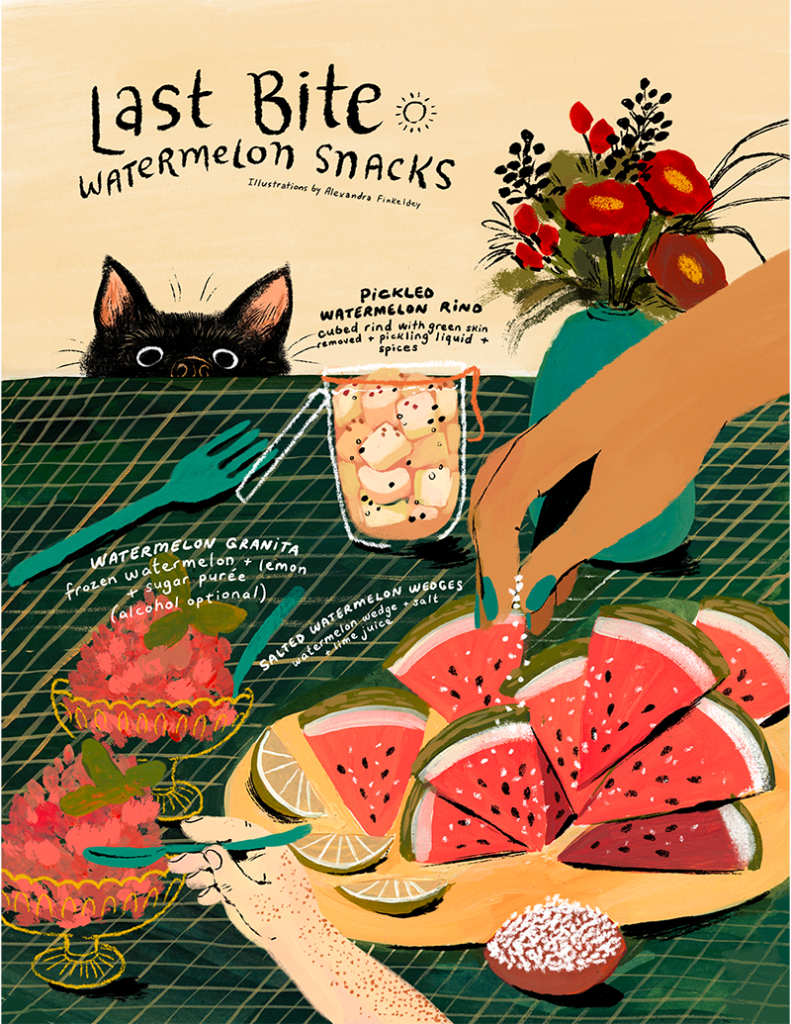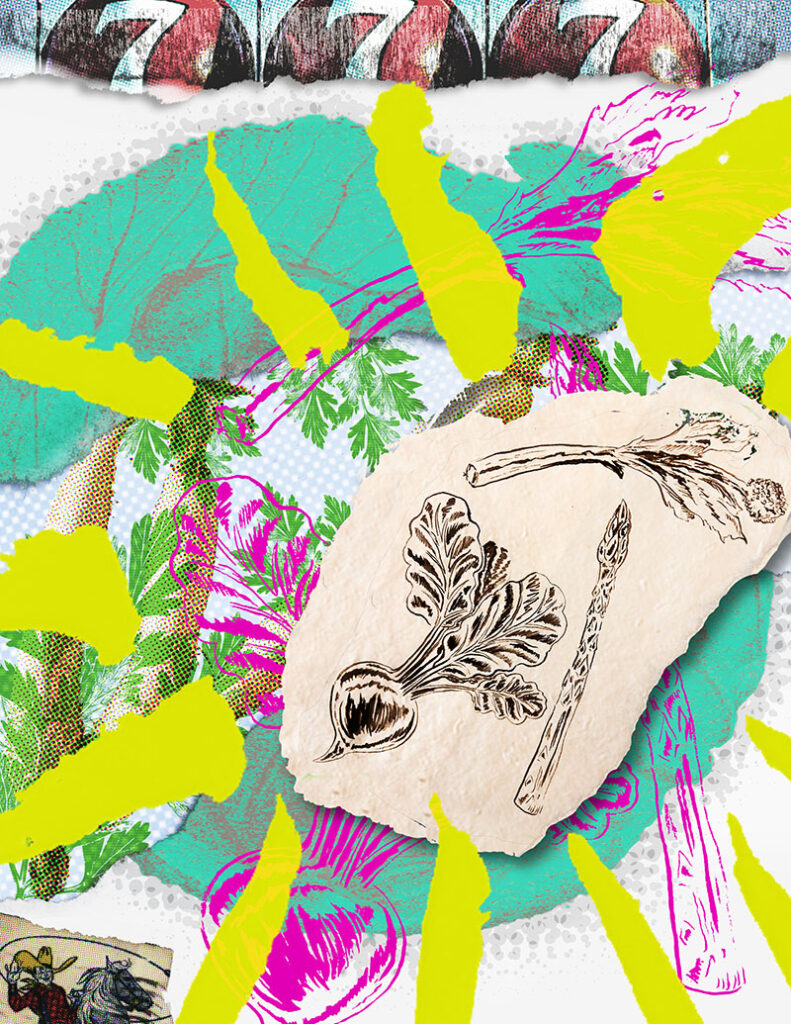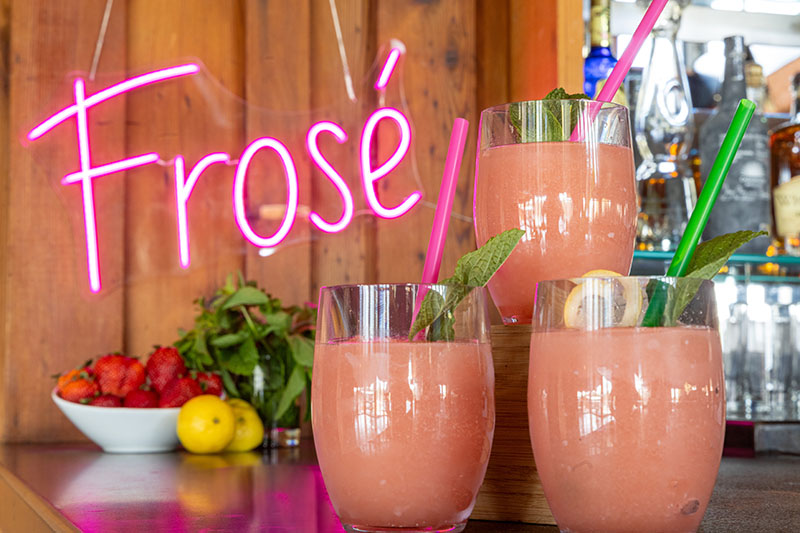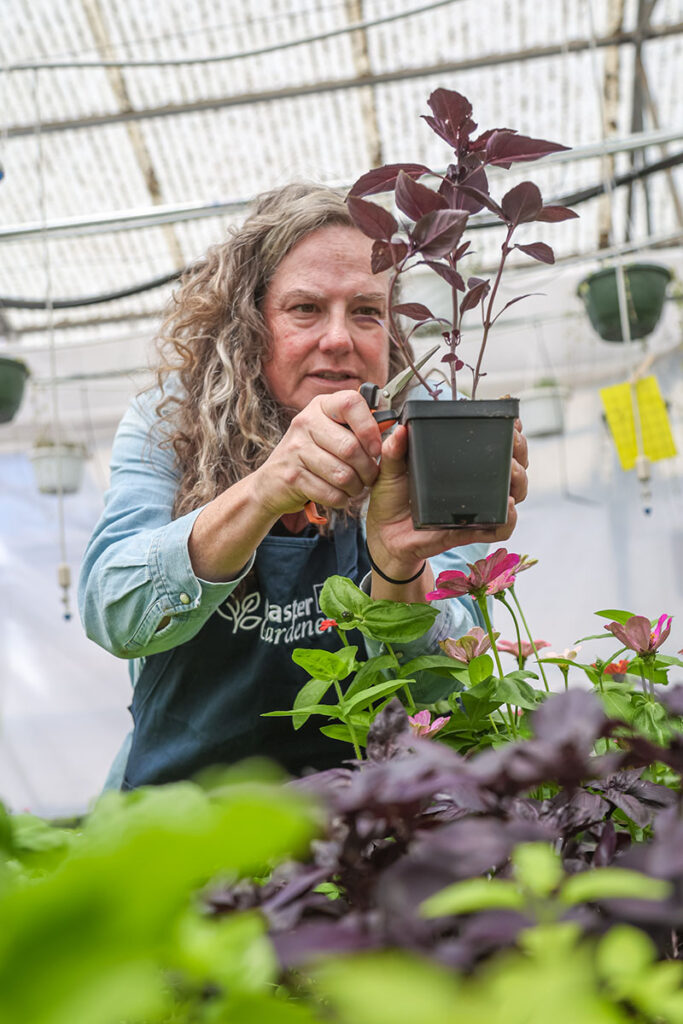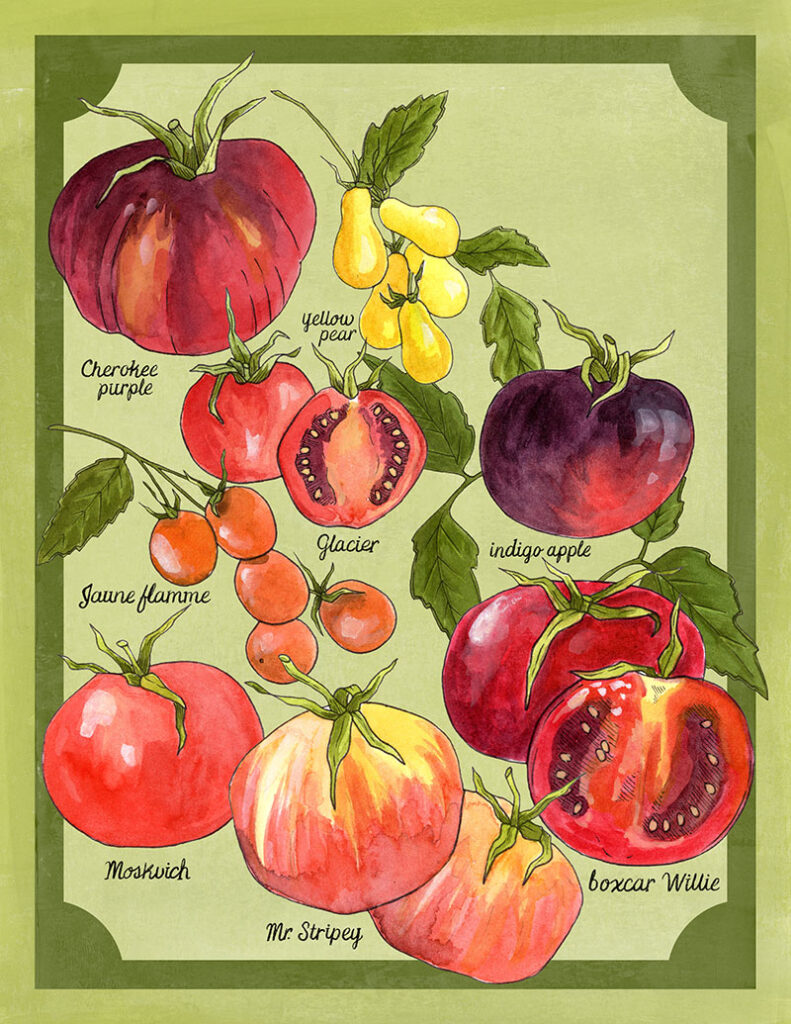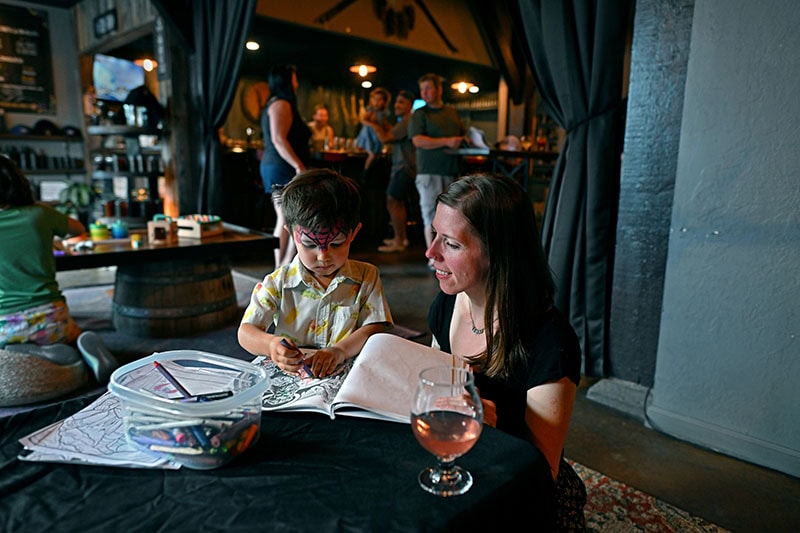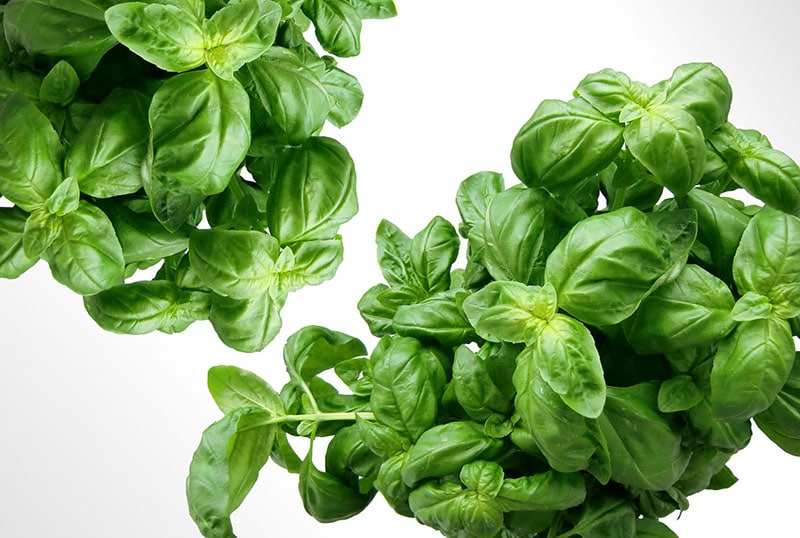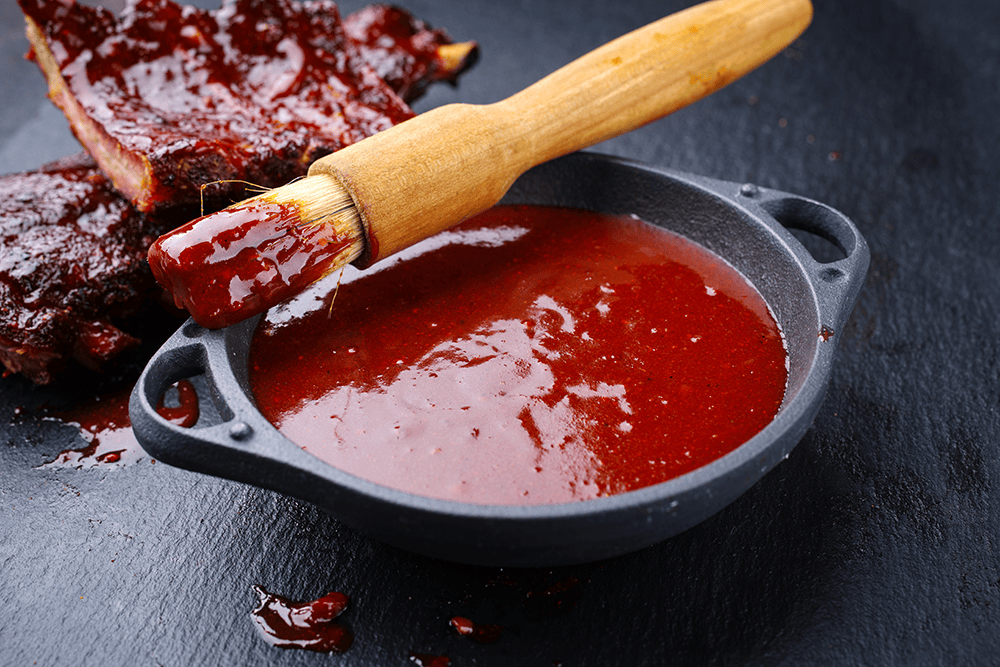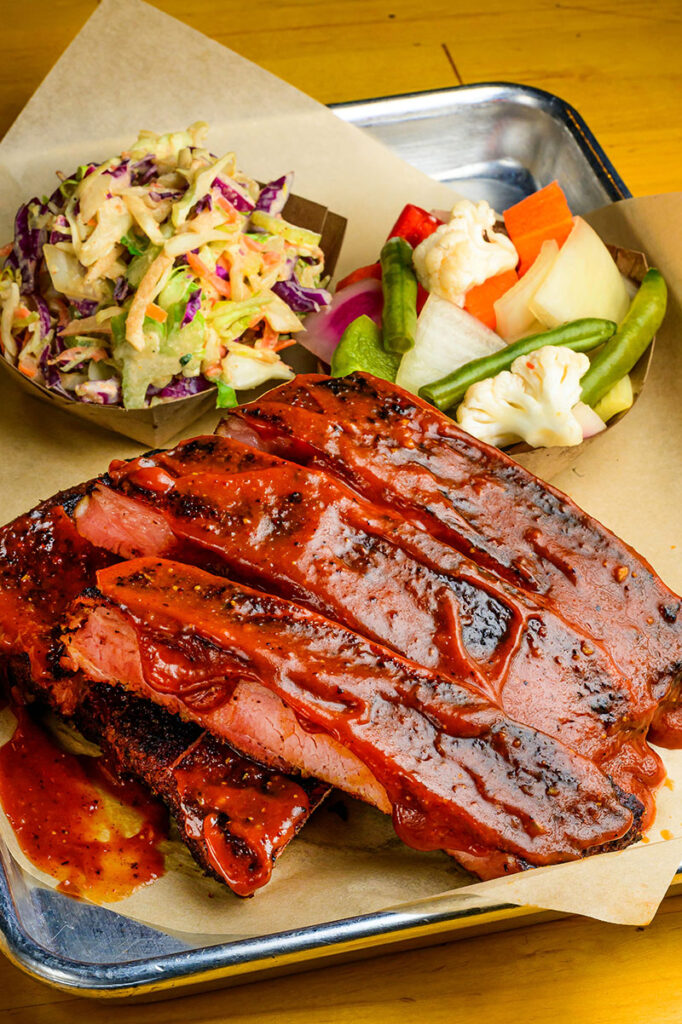Catfish Pond
A Chinese legacy in the Sierra.
Inspiration for this column can come from unlikely places, even a summer hike. Near Truckee, almost by accident, my companion and I discovered Catfish Pond. This green pool of water in the Tahoe National Forest (see sidebar to follow) is home to dozens of small, whiskered catfish. These primordial-looking creatures come to the surface, seeming to ask for handouts from our lunch.
The whole scene was odd enough to demand research. I found that catfish aren’t native to the Sierra — so how did the fish get there? That’s when I discovered the connection to food history: It’s believed the pond was stocked in the late 1860s to feed Chinese workers building a nearby stretch of the Transcontinental Railroad. The descendants of these stocked fish have survived for more than 150 years, waiting to greet any hikers passing by.
Chinese Cuisine Along the Rails
During the height of railroad construction, there were more than 10,000 Chinese working on the Central Pacific’s Sierra section. The health and diet of these men were considered better than Irish and German laborers, due in part to their varied diets. The Chinese rejected the standard Western fare of beans and beef, preferring to eat foods they were familiar with, including dried fish, dried vegetables, dried oysters, and rice. It was evident from the fish bones found at camps that the Chinese supplemented their diet with fish from local waters — including Catfish Pond.
All evidence points to Chinese railroad workers adapting and maintaining their food traditions, even while laboring in a foreign land. The cooks brewed barrels of tea each day, allowing the laborers to avoid drinking water from communal dippers, which were commonly used by white laborers. The tea reduced the incidence of dysentery and other illnesses since many microbes were killed during the boiling process.
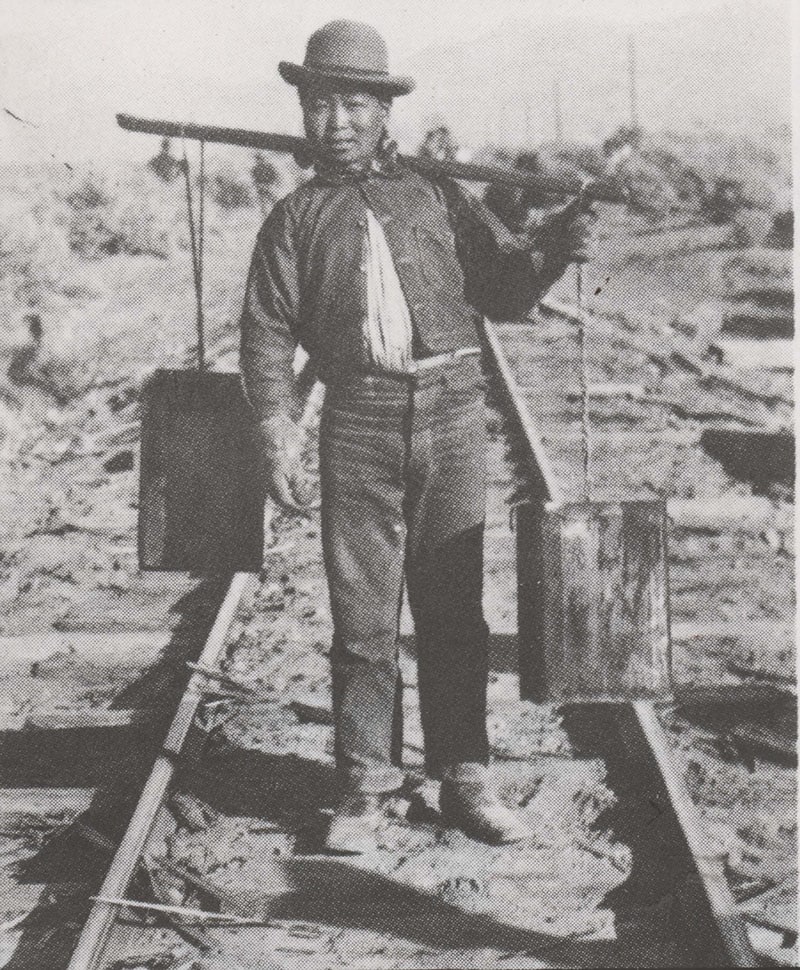
Another question remained: Where did Chinese cooks get these exotic provisions high in the mountains? The answer came from railroad tycoon Charles Crocker, who contracted with the Sacramento firm of Sisson, Wallace & Co. Their first task was to recruit workers, mostly from Canton’s Guangzhou province. Then the company received exclusive rights to provide food and other provisions for the railroad workers. Groups of 12 to 30 men would pay a Chinese cook to prepare their meals. These cooks were highly valued and often were paid better than the laborers.
Celebrating the Chinese Legacy
Not interested in hiking to Catfish Pond? Take advantage of other ways to share the Chinese experience. It’s an easy detour from Interstate 80 to Donner Memorial State Park. Its museum is filled with interactive displays about the Donner Party, as well as information and artifacts on the role the Chinese played in the region, including their effect on food traditions.
For a time, Truckee boasted the Pacific Coast’s second-largest Chinatown. It’s easy to stop at the Museum of Truckee History to view an impressive Chinese herb cabinet. It was constructed in the late 1870s and contained herbs and information on how to use its contents. The Herb Shop was once located in Downtown Truckee, and the cabinet’s 29 drawers still are marked with the healing and culinary herbs central to Chinese well-being.
Railroad industrialist Leland Stanford said, “Without the Chinese, it would have been impossible to complete the Western portion of this great national highway.” The workers pushed on through the Sierra, and by June 18, 1868, the first eastbound passenger train arrived in Reno from Sacramento, taking 12 hours. Oblivious to the hard labor needed to lay the railroad tracks, a century and a half later, the catfish swim on, a living tribute to the Chinese who were nourished by them.
Want to experience the history and culture of the Chinese and the railroad? Try these:
Getting to Catfish Pond:
On I-80, exit at Soda Springs – Norden (Exit #174) to Donner Pass Road. Travel 3.6 miles and park at the Donner Ski Ranch. Begin hiking east along Donner Pass Road for about 0.1 mile until you see the Pacific Crest Trail on your left. Turn left, and hike on the famous trail for about 0.3 mile toward the northeast. Depart the Pacific Crest Trail on another trail toward the north, and travel another 0.2 mile until you reach a small pond. Take bread for the fish!
Museum of Truckee History
The museum is a nonprofit collaboration between the Truckee-Donner Historical Society and the Truckee Donner Railroad Society. It is located at 10065 Donner Pass Road in Truckee. Open 10 a.m. – 4 p.m. Fri. – Sun. For details, visit Museumoftruckeehistory.org.
Donner Memorial State Park and Emigrant Trail Museum
The Visitor Center features interactive exhibits illuminating the Chinese construction of the railroad (including their food), the emigrant experience, the Donner Party, and more.
12593 Donner Pass Road, Truckee · Parks.ca.gov/?page_id=503



